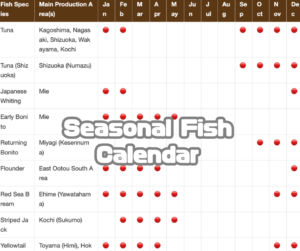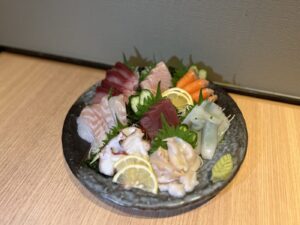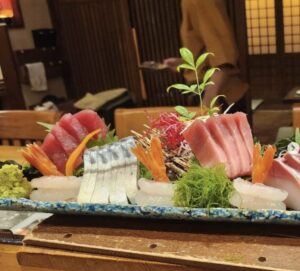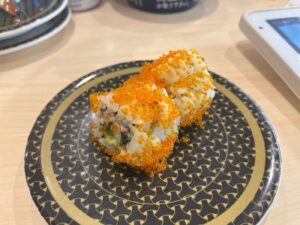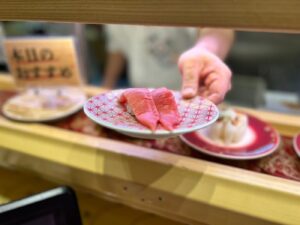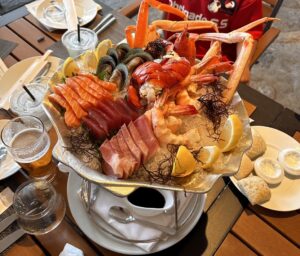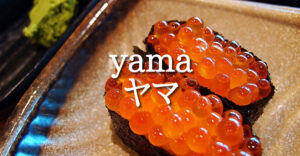What is the word Gyoku used at sushi restaurants?
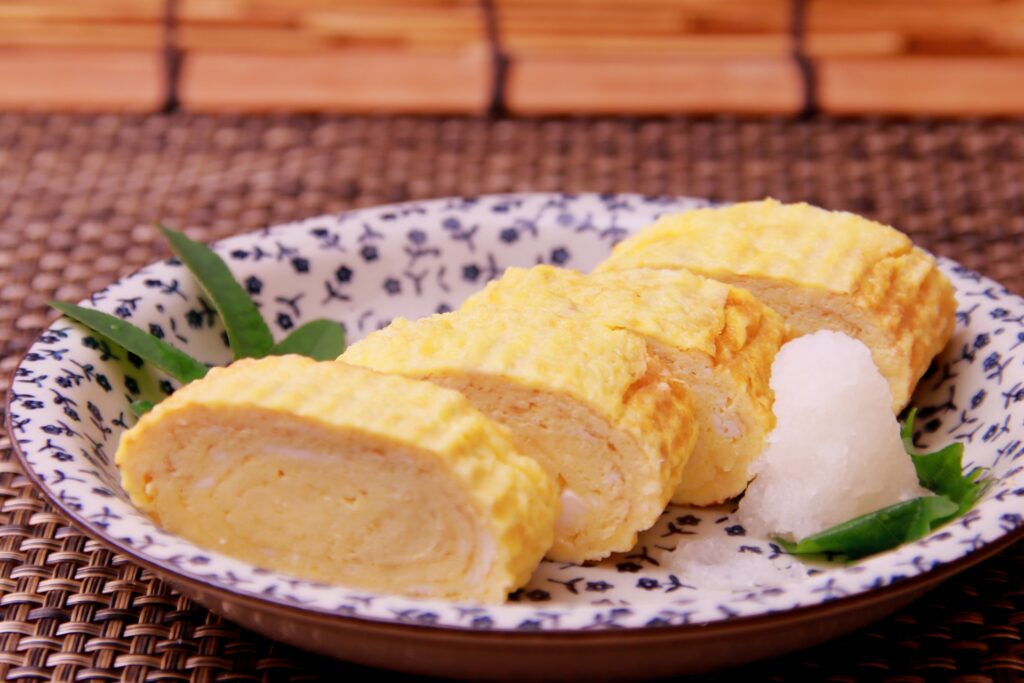
I will explain about “Gyoku,” which you may hear at sushi restaurants.
Gyoku means fried egg
Gyoku is a slang term used in sushi restaurants to refer to tamago-yaki. This word is also used in Japanese restaurants. It comes from the on-yomi of the kanji for egg (玉).
In the past, at sushi restaurants, the eggs were often fried by the chefs, so it was sometimes said that to get a sense of the skill of the chef, you could ask for Gyoku first. The common cooking method is to add sugar and soy sauce to eggs, mix minced fish into it, and then fry while adjusting the salt and plum, and it is said that this is because it is a dish that can easily be used to judge one’s skill. However, in recent years, more and more restaurants are using ready-made products, and only a few restaurants prepare their own Gyoku, so it may be difficult to judge a restaurant’s skill based on its Gyoku.
Why are there Gyoku in sushi restaurants?
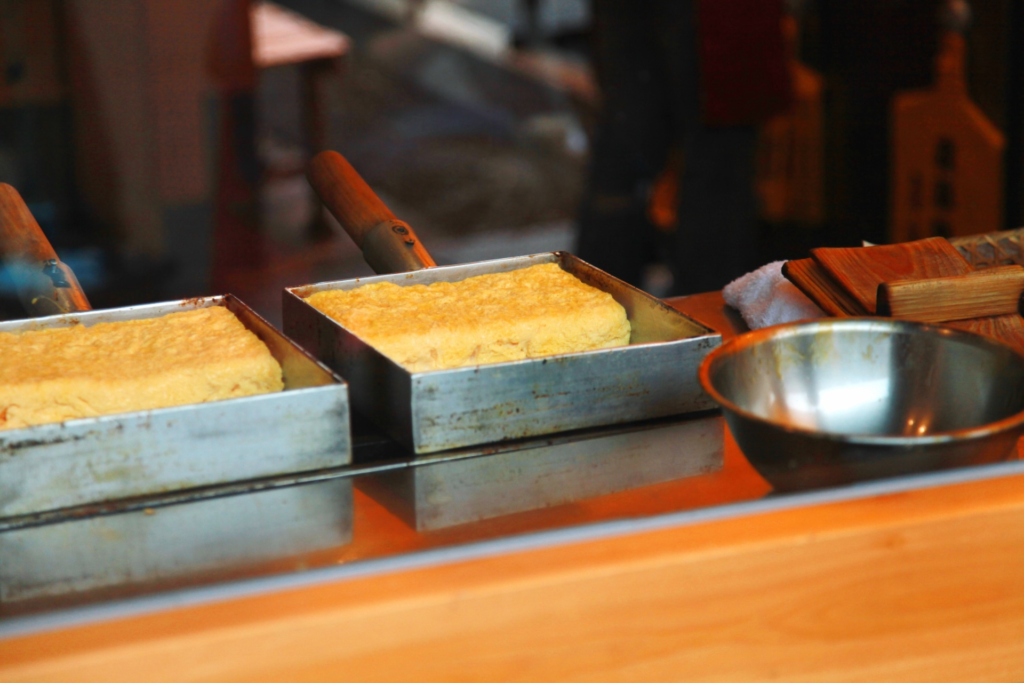
When it comes to sushi, fish is the most common ingredient. So why do sushi restaurants carry Gyoku?
This is due to its balanced taste, variety of textures, ability to cater to a wide range of tastes, and affordability. Gyoku has a light taste and a light texture, and by creating a contrast in texture with other toppings. So it improves the overall texture of the sushi. That’s why Gyoku is used in sushi restaurants and is loved by many people.
Why is Gyoku at a sushi restaurant so sweet?
In Japan, the tastes of Gyoku differs depending on the region, and it can be broadly divided into two types. Kanto style is generally sweet, which is made by adding sugar and soy sauce. On the other hand, Kansai-style dishes use dashi stock and salt to adjust the flavor, so they are generally rather salty.
So why is sushi restaurant Gyoku usually sweetly seasoned?
There are various reasons for this, including the fact that the Gyoku used in Edomae sushi had a sweet flavor. Because many people engaged in manual labor, preferring strong flavors. Gyoku at sushi restaurants is characterized by the fact that it can be eaten as a chopstick rest or as a side dish.


